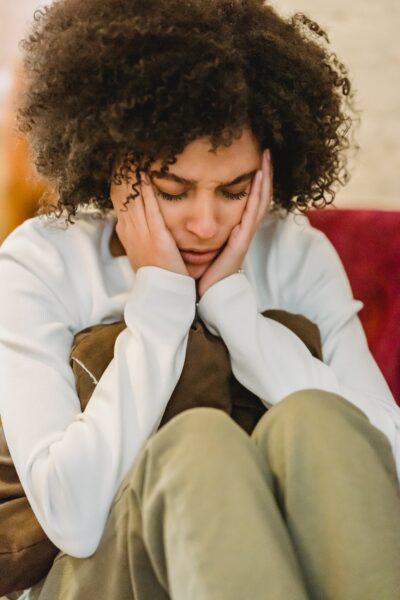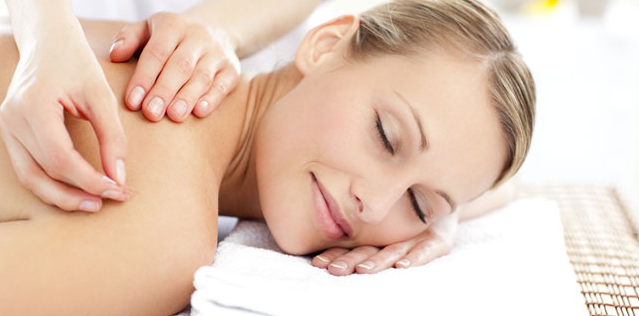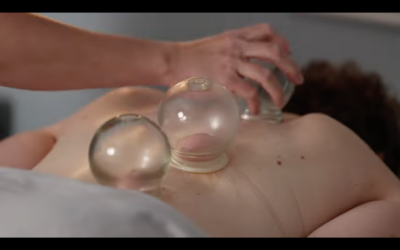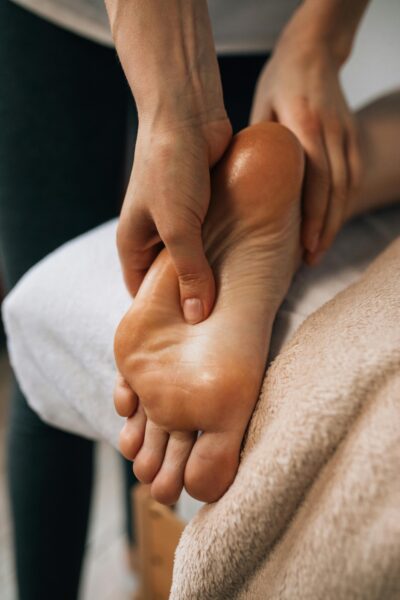Experience Relief: How Acupuncture Can Help with Menstrual Pain and Disorders
Menstrual pain and disorders affect many women, often disrupting daily life with symptoms ranging from mild discomfort to debilitating pain. At the Acupuncture Clinic of Boulder, we understand the impact these symptoms can have and are here to offer a natural and effective solution: acupuncture, along with complementary therapies such as moxibustion and cupping.
Understanding Menstrual Pain and Disorders
Menstrual pain, or dysmenorrhea, is a common issue that manifests as cramping in the lower abdomen. This can be accompanied by other symptoms such as lower back pain, headaches, breast tenderness, nausea, diarrhea, and fatigue. Additionally, many women experience menstrual-related disorders such as irregular periods (oligomenorrhea), heavy bleeding (menorrhagia), and premenstrual syndrome (PMS), which can cause mood swings, depression, bloating, and more.

How Acupuncture Works
Acupuncture, a key component of Traditional Chinese Medicine (TCM), involves inserting thin, sterile needles into specific points on the body. This practice aims to balance the body’s energy flow, or “Qi,” and stimulate the body’s natural healing processes.
Benefits of Acupuncture for Menstrual Pain and Disorders
- Pain Relief: Acupuncture has been shown to reduce menstrual pain by promoting the release of endorphins, the body’s natural painkillers. It also helps to improve blood circulation, which can alleviate cramps, blood stagnation or clotting, and reduce inflammation. The anti-inflammatory effects of acupuncture can be especially beneficial for menstrual disorders relating to endometriosis.
- Hormonal Balance: Acupuncture can influence the hypothalamus-pituitary-ovary (HPO) axis, which plays a crucial role in regulating hormones. By balancing hormone levels, acupuncture can help manage symptoms of PMS, regulate menstrual cycles, and even alleviate symptoms associated with perimenopause as well.
- Regulation of Menstrual Cycle: Regular acupuncture treatments can help regulate the menstrual cycle by addressing hormonal imbalances. This can be particularly beneficial for those with irregular periods, polycystic ovary syndrome (PCOS), or experiencing infertility.
- Reduction of PMS Symptoms: Acupuncture can effectively reduce the severity of PMS symptoms such as mood swings, irritability, bloating, and fatigue by balancing the body’s hormones and reducing stress.
- Management of Menstrual Disorders: For conditions such as endometriosis, polyps, cysts, and fibroids, acupuncture can help manage pain and other symptoms by improving circulation and reducing inflammation.
- Improved Overall Well-being: Beyond physical relief, acupuncture promotes a sense of relaxation and well-being. It helps to reduce stress, alleviate insomnia and improve overall sleep quality and duration.

Complementary Therapies: Moxibustion and Cupping
In addition to acupuncture, we often use complementary therapies like moxibustion and cupping to enhance treatment outcomes for menstrual disorders.
Moxibustion involves the burning of mugwort, a small, spongy herb, to facilitate healing. The heat from moxibustion stimulates the flow of Qi (energy) and blood, which can be particularly effective for menstrual pain and disorders.
- Enhancing Qi and Blood Flow: The heat from moxibustion penetrates deeply into the tissues, promoting the flow of Qi and blood, which can relieve pain and improve menstrual regularity.
- Warming the Uterus: For women with conditions such as cold-induced menstrual pain, moxibustion can warm the uterus, reducing cramping and discomfort. A woman with this syndrome may always reach for a heating pad to alleviate her cramps, or feels chronically cold and is unable to regulate their body temperature.

Cupping therapy involves placing cups on the skin to create suction. This technique helps to improve blood flow, reduce muscle tension, and has also shown promise in treating menstrual disorders. There are two styles of cupping that may be used for menstrual disorders and pain. Dry static cupping is where suction is created inside the cups using heat from a flame or a pump, and the cups are left in place for several minutes reducing Qi and blood stagnation in the body. Moving cupping is where cups are moved over the skin to massage the muscles and improve circulation.
- Myofascial Release: The suction created by cupping helps to release tight muscles and fascia, which can alleviate pain and tension in the lower back and abdomen commonly associated with menstrual cramps.
- Improved Circulation: Like acupuncture and moxibustion, cupping enhances blood circulation, which can help to reduce stagnation and alleviate pain.

Scientific Support for Acupuncture and Complementary Therapies
Research supports the effectiveness of acupuncture, moxibustion, and cupping in treating menstrual pain and disorders. Studies have shown that these therapies can significantly reduce the intensity and duration of menstrual cramps, regulate hormonal levels, and alleviate PMS symptoms.
Take the Next Step Towards Relief
If you or someone you know is struggling with menstrual pain or related disorders, consider giving acupuncture and complementary therapies a try. At the Acupuncture Clinic of Boulder, we are dedicated to helping you achieve better health and well-being naturally.
Contact Us Today
Ready to experience the benefits of acupuncture, moxibustion, and cupping? Contact us today to schedule your appointment and start your journey towards a pain-free and balanced life.
Written by Tiffany Bilthouse, L.Ac.
References:
Smith CA, Crowther CA, Petrucco O, Beilby J, Dent H. (2011). Acupuncture to treat primary dysmenorrhea in women: a randomized controlled trial. Evid Based Complement Alternat Med.
Wu, Xiao PhD∗; Gan, Lu MD; Zhang, Yong MD; Chen, Bailu MD; Luo, Jing MD; Yan, Jue MD; Chen, Guiquan MD∗. (2020, January). Moxibustion for primary dysmenorrhea: Protocol for a systematic review of randomized controlled trials.



